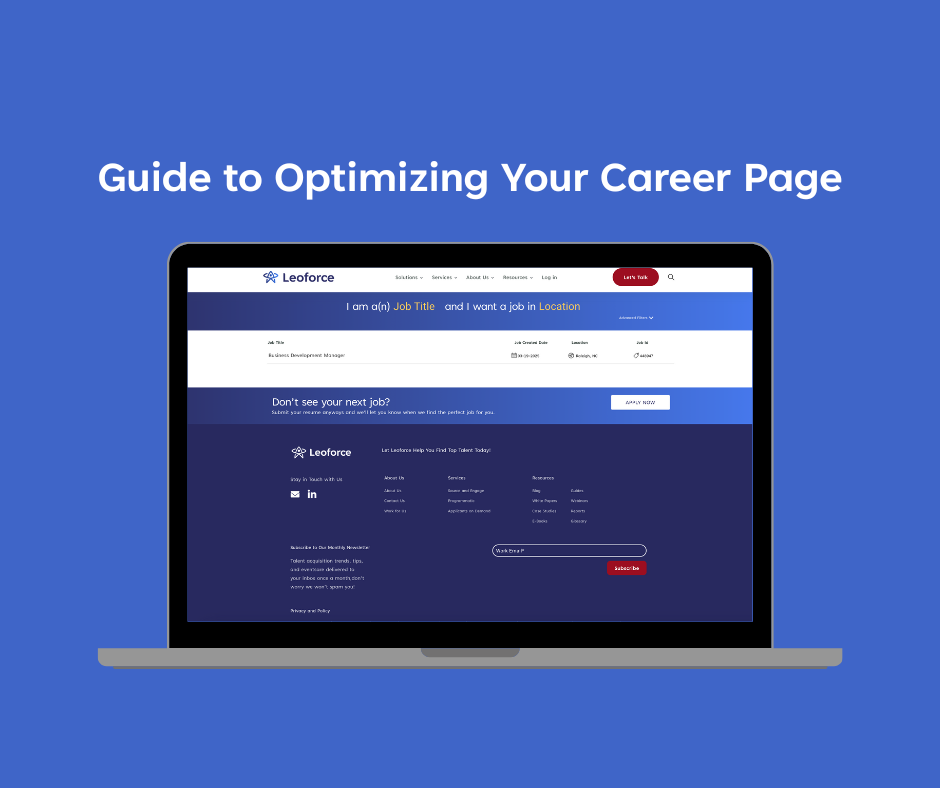Innovative Remedies for Hospitals to Deal with Nurse Shortage

The United States is witnessing an acute shortage of nurses and these numbers are only expected to grow. As per statistical reports, the States of California and Texas will be facing a severe shortage of nursing staff. Meanwhile, the States of Ohio and Florida are likely to witness a major surplus of nursing staff by the year 2030. Here is a table to explain the situation.
|
State |
Projected demand by 2030 | Projected supply by 2030 | Difference in numbers |
Deficit/surplus |
|
California |
387,900 | 343,400 | 44,500 | Deficit |
| Massachusetts | 89,300 | 91,300 | 2000 |
Deficit |
|
Alaska |
23,800 | 18,400 | 5,400 | Deficit |
| New York | 195,200 | 213,400 | 18,200 |
Surplus |
|
New Jersey |
102,200 | 90,800 | 11,400 | Deficit |
| Maryland | 73,900 | 86,000 | 12,100 |
Surplus |
|
Arizona |
98,700 | 99,900 | 1,200 | Deficit |
| Colorado | 63,200 | 72,500 | 9,300 |
Surplus |
|
New Mexico |
21,600 | 31,300 | 9,700 | Surplus |
| Georgia | 101,000 | 98,800 | 2,200 |
Deficit |
|
Delaware |
12,800 | 14,000 | 1,200 | Deficit |
| Texas | 269,300 | 253,400 | 15,900 |
Deficit |
|
New Hampshire |
20,200 | 21,200 | 1,300 | Deficit |
| Virginia | 86,500 | 109,200 | 22,700 |
Surplus |
|
Vermont |
6,800 | 9,300 | 2,500 | Deficit |
| Florida | 240,000 | 293,700 | 53,700 |
Surplus |
|
Ohio |
132,800 | 181,900 | 49,100 | Surplus |
| Montana | 12,100 | 12,300 | 200 |
Deficit |
|
Kentucky |
53,700 | 64,200 | 10,500 | Surplus |
| North Carolina | 118,600 | 135,100 | 16,500 |
Surplus |
|
Louisiana |
49,700 | 52,000 | 2,300 | Deficit |
| Indiana | 75,300 | 89,300 | 14,000 |
Surplus |
|
North Dakota |
9,200 | 9,700 | 700 | Deficit |
| South Carolina | 62,500 | 52,100 | 10,400 |
Deficit |
|
Tennessee |
82,200 | 90,600 | 8,400 | Surplus |
| Missouri | 73,200 | 89,900 | 16,700 |
Surplus |
|
Iowa |
35,300 | 45,400 | 10,100 | Surplus |
| Arkansas | 32,300 | 42,100 | 9,800 |
Surplus |
|
South Dakota |
13,600 | 11,700 | 1,900 |
Deficit |
7 Healthcare Staffing Solutions for Nursing Shortages
Explore these 7 effective healthcare staffing solutions to combat nursing shortages and ensure adequate patient care.
Offer nurse exchange and out of State on the job training programs
If affiliated healthcare institutions start offering out of state and on the job nurse training programs or even nurse exchange education programs, a significant amount of available nursing positions will be filled. Additionally, State funded teaching hospitals (especially those in States that are likely to experience severe deficit) can increase their intake of students wishing to train in the medical care field.
Improve the current work culture so fewer nurses quit
For a workplace to be considered healthy, community building must be at its heart. Hence, a healthcare organisation that puts the good of the larger community first, should do the same for its own people. This helps reinforce the belief that the work each person is doing is not just worthwhile, but also respected. It is imperative that healthcare institutions create a positive and healthy workplace by maintaining clear and consistent communication, demonstrating empathy, being transparent, and setting boundaries. Additionally, healthcare institutions that prioritize community will not tolerate hate speech, discrimination, or bias. They will promote a welcoming atmosphere regardless of differences and will have systems in place for diversity and inclusion training, as well as a safe reporting mechanism for instances of discrimination without fear of retaliation.
Address the shortage well in advance with educational programs
The above numbers have raised alarm bells across the United States and it is imperative to address the concerns at a grassroot level. Educational institutions in the United States can offer State funded scholarships and short term healthcare programs to train nurses for telehealth and travelling healthcare services. These initiatives are likely to encourage more students to enrol into nursing programs.
Training the trainer programs for ageing workforce
The current ageing workforce hold a plethora of work experience and can be trained to take up telehealth and travelling healthcare services. This will allow them to continue work at reasonable and flexible hours, even from remote locations. While this move will not help in reducing the nurse shortage, it will reduce the burden on nurses working full time and part time at healthcare institutions. By reducing the number of people visiting hospitals for non urgent medical care, hospitals can transfer the responsibilities of on-campus nurses to those working for telehealth and travelling health services.
Introduce strict non-tolerance against discrimination
It’s not just that nurses are quitting their jobs, the nursing profession has earned a nasty reputation of being extremely exhausting at a physical as well as a mental level. Moreover, a report published by the Johnson Wood foundation in May 2023 stated that the nurses interviewed reported witnessing racist behaviour and experiencing discrimination from almost 80% of their patients. Of these nurses, those belonging to the Hispanic, Asian and Black races reported more incidents of microaggression due to race in comparison to their White peers. Introducing a strict no discrimination policy at a healthcare institution as well as a State level will encourage more students to enrol into nurse training programs. It will also encourage nurses from other States to apply for jobs in States known for discriminating against race.
Streamline healthcare recruitment with AI-based solutions
On an average, recruiters can take up to 8 months to fill in a position in healthcare in the United States. This is because most healthcare recruiters as well as healthcare institutions are continuing to use traditional means and methods of recruitment. By introducing AI-based recruiting solutions like Leoforce, recruiters can cut down recruitment shortlisting by at least 50%. The advanced AI in Leoforce is revolutionizing the healthcare recruiting industry by using 300+ parameters and 7 multi-dimensional data points to score and rank talent for compatibility. Leoforce simultaneously helps source candidates from multiple channels in little under 5 minutes! Click here to Request a Demo today.
Introduce AI-based solutions to reduce the burden on nursing staff
It is common knowledge that nursing staff are constantly overworked. Artificial Intelligence based medical solutions can be used to reduce the burden on nursing staff. By using AI-based medical software, healthcare institutions can detect early signs of genetic conditions and terminal illnesses like cancer; they can also use AI and machine learning solutions for managing medical databases. AI can successfully conduct virtual health checks and act as a virtual health assistant. But that’s not all! AI can even be used in complicated surgical procedures as assistant surgical bots. By using AI-based medical solutions, healthcare institutions can reduce the burden on nurses and medical professionals by at least 20%. Such initiatives can significantly bring down the rate at which nurses are quitting their profession.
Final Remarks
If it does not take action immediately, the United States could have a medical crisis at its hands by 2030. A severe shortage of nurses will not only affect healthcare institutions it will also have a severe impact on the medical-based economy.
Resources
- https://www.cbsnews.com/news/nurses-racism-discrimination-healthcare-survey/
- https://www.registerednursing.org/articles/largest-nursing-shortages/





